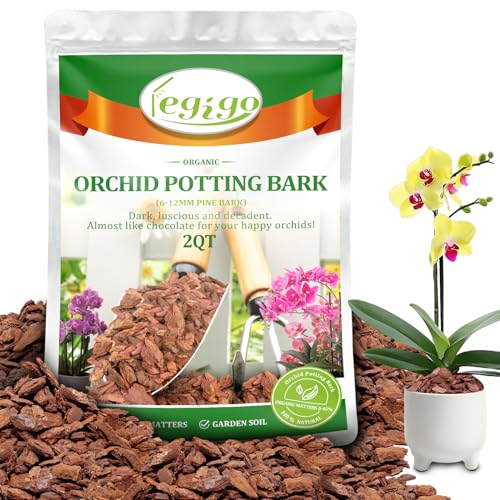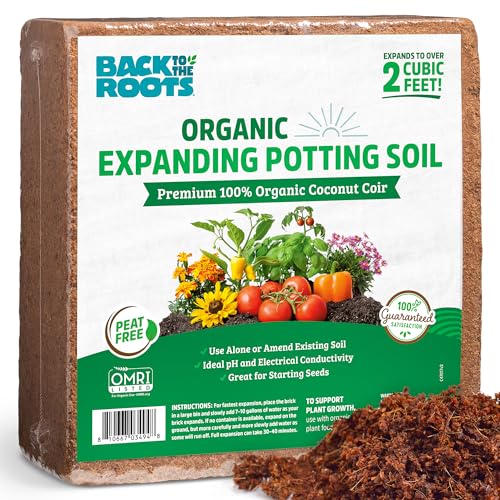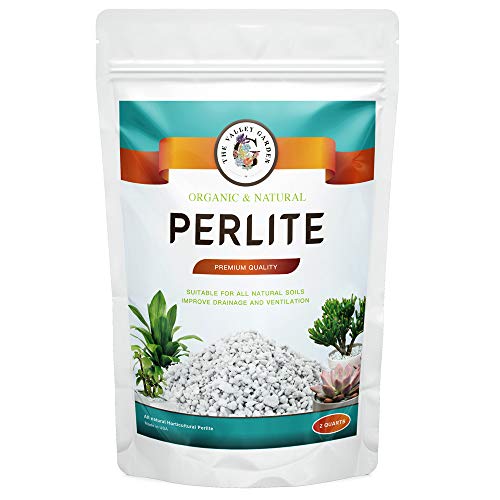How to make your own monstera potting mix – an expert-recommended recipe
Opt for materials that are rich in nutrients and offer plenty of drainage for this jungle plant

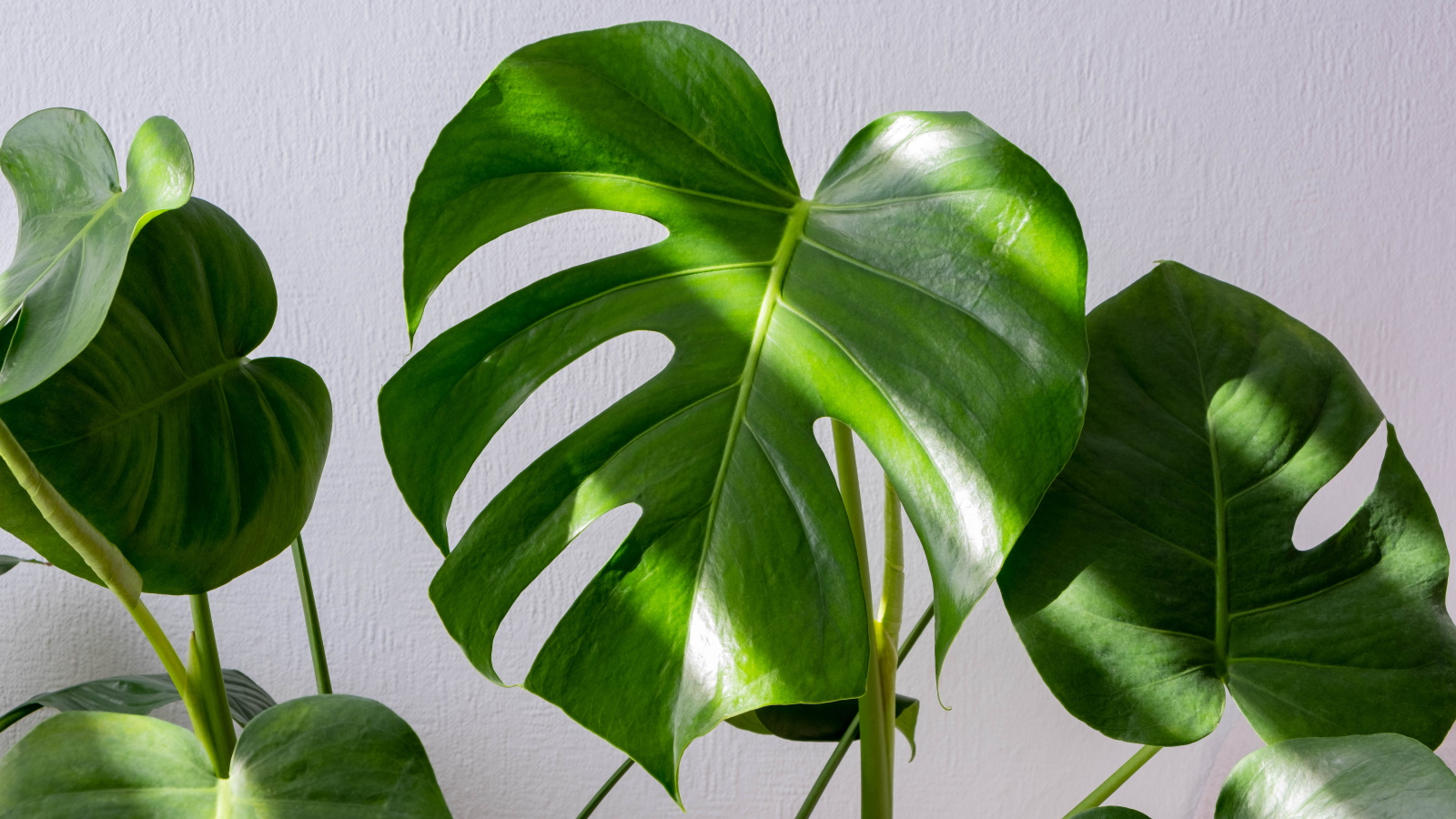
One mistake I made when first starting out with my houseplant collection is using the same potting mix for all indoor plants, no matter their individual needs. Now equipped with more knowledge about each of my plants' growing requirements, I alter potting mix accordingly.
When thinking about creating the best potting soil for houseplants, you need to consider what to include to best serve your specific plant. Monsteras, for example, are tropical indoor plants that naturally grow in rainforests. Adjusting a potting mix to provide them with plenty of drainage and the right balance of nutrients is key to enabling them to thrive in your home.
Not sure where to get started? Don't worry, I've compiled everything you need to know about what your Swiss cheese plant requires, and how to make your own monstera potting mix for it.
What are the best ingredients for monstera potting mix?
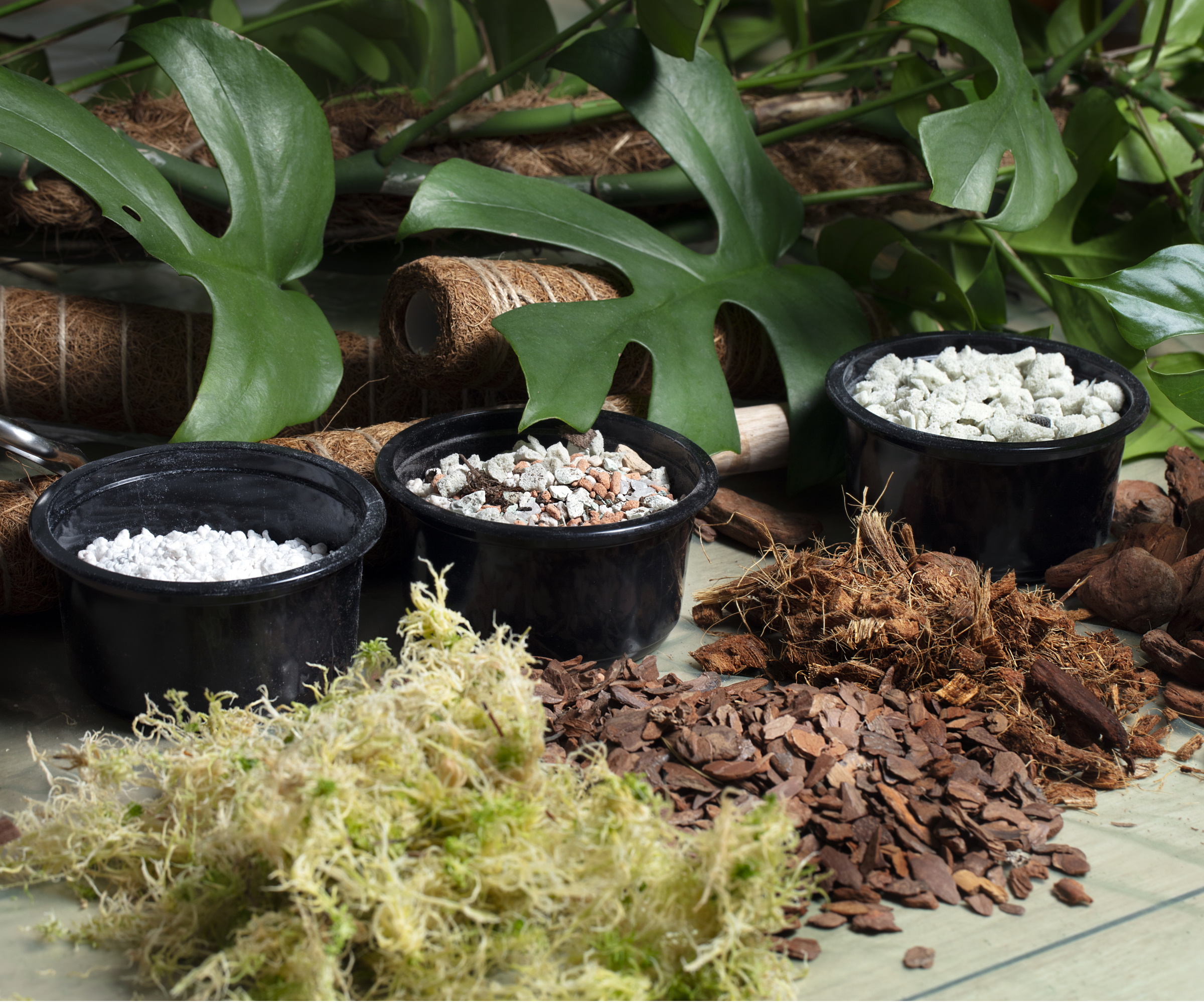
If you've already started to research making your own potting mix for your indoor plants, you might be aware there is a whole range of things you can include - from coffee grounds for plants to peat moss.
When it comes to the perfect monstera potting mix, experts say to focus on a few ingredients in particular.
'Monstera plants thrive in substrates that are moderately moist, well-draining and porous,' notes Nastya Vasylchyshyna, houseplant expert at Plantum. 'The growing medium should also be nutritious to support active growth and healthy leaf development,' she adds.
To ensure your monstera has plenty of drainage, opt for things like sand, perlite and even leaf mold. 'Perlite helps with drainage and keeps the mix from compacting too much. You want water to flow through easily,' explains Marek Bowers, gardening expert and founder of Bolder Green.
Design expertise in your inbox – from inspiring decorating ideas and beautiful celebrity homes to practical gardening advice and shopping round-ups.
Other options include orchid bark to add chunkiness to the mix, keeping it aerated. Alternatively, you can use peat moss or coconut coir. 'This retains some moisture but still drains well. I prefer coconut coir because it’s more sustainable, but either works,' notes Marek.
Alongside good drainage, when repotting your monstera with a homemade potting mix, you need to consider materials rich in the right nutrients for you plant.
'Monstera plants need macronutrients such as nitrogen, phosphorus and potassium,' explains Nastya. 'However, since they rarely bloom or bear fruit indoors, they require less phosphorus and potassium and more nitrogen, which supports the growth of healthy green leaves,' she adds.
Ingredients like coffee grounds and kitchen scraps are rich in nitrogen, making them popular compost materials. However, monstera's reliance on nutrients means its soil can be depleted of nutrients quickly. It's therefore best to fertilize your monstera during its active growth season to top up nitrogen levels - like with this monstera plant food from Amazon.

Nastya Vasylchyshyna is a professional botany expert for the Plantum app that helps identify plants and plant diseases and provides care recommendations. For four years she has consulted on botany-related topics for Plantum. Her specialization is plant morphology, phytopathology, and plant physiology.

Marek is a sustainable landscaper and an expert on California and Colorado low-water rebates. Marek's website, Bolder Green, is a guide to eco-friendly gardening. Through his articles on drought-tolerant landscaping and xeriscaping, readers will learn how to design stunning gardens that conserve water and support wildlife, all while adding beauty to their outdoor spaces.
Monstera potting mix recipe
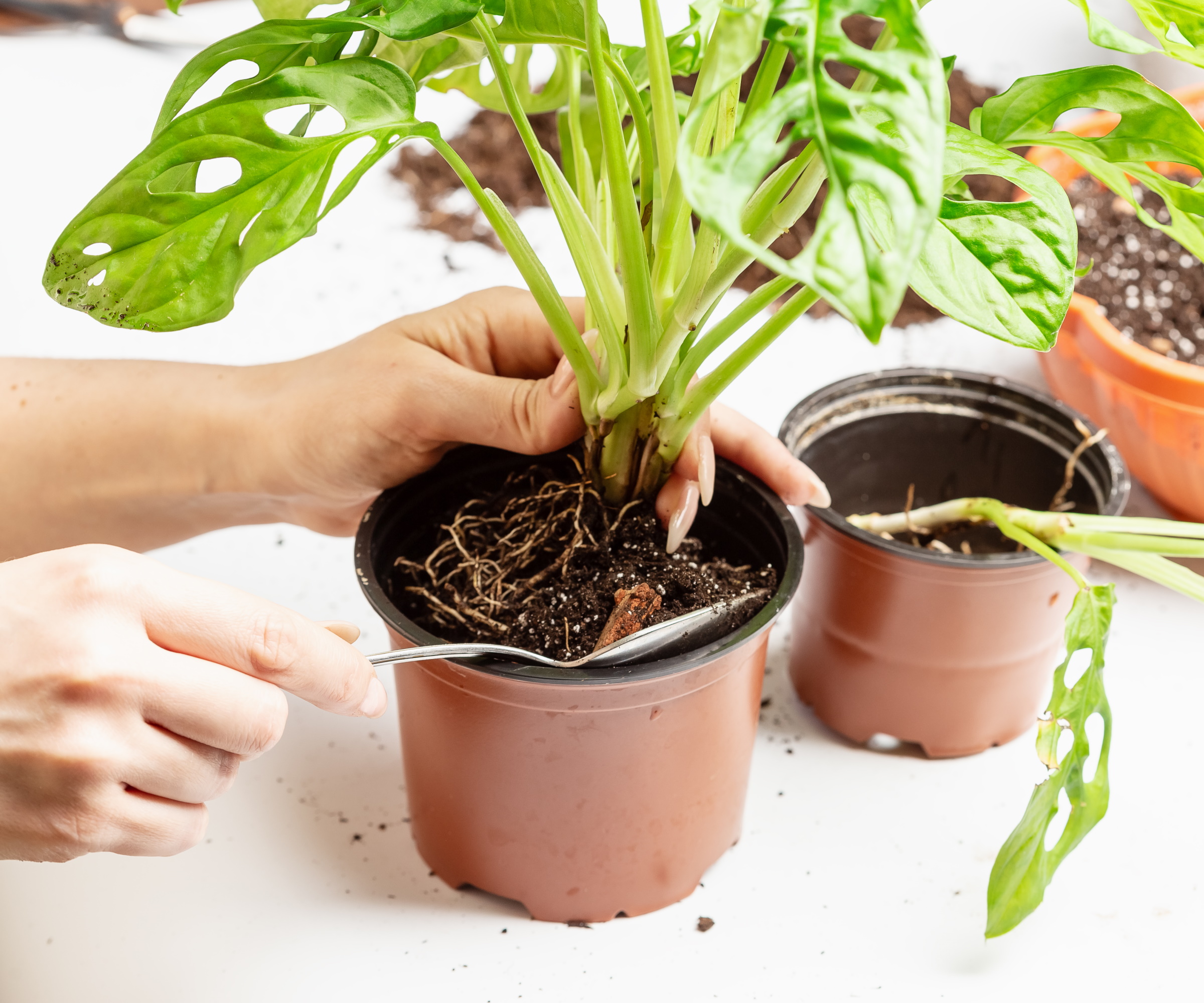
While there are a range of different combinations you can try, the below mixture recommended by experts is an easy one to start with and will give your monstera everything it needs to grow happily in your home.
You will need:
- Houseplant soil
- Orchid bark
- Perlite
- Coconut coir or peat moss
Starting with all-purpose houseplant mix, like this one from Amazon, will provide a good base for your monstera. 'Use 40% potting mix,' says Marek. 'This gives them the nutrients they need to grow, but it can be too dense on its own. That's why it's best to alter it with other ingredients,' he adds.
To add aeration to your monstera potting mix, Marek recommends using 25% orchid bark and 20% perlite. 'Monstera love to have space for their roots to breathe,' he notes. Not providing enough drainage and room for your monstera roots to grow can result in houseplant root rot and your monstera leaves turning yellow.
You should then add in peat moss or coconut coir, which ensures your monstera doesn't dry out too quickly. They both work similarly, holding onto moisture and releasing it to plant roots slowly. If you're keen to bring your sustainable garden practices indoors, choose coconut coir over peat moss for its renewable nature.
Combine these ingredients well and you have a reliable potting mix to grow your monstera in.
FAQs
How wet should my monstera soil be?
Monsteras don't like to be overly wet and can also cope with some periods of drought. However, you shouldn't allow your monstera to stay dry for an extended period of time, as it could cause leaf scorch among other problems. The best thing to do is maintain a consistent moisture level for your monstera and water it when your soil moisture meter (available at Amazon) indicates the top two inches are dry.
Can you grow monsteras in water?
It is possible to grow monsteras hydroponically and you can even propagate monstera cuttings in water to then transplant into soil. While it is possible to permanently grow monsteras in water, they may not grow to their ultimate size because they heavily rely on nutrients available in potting mix.
Watching your monstera thrive in homemade potting mix is a rewarding sight - plus, making the mix is a fun thing to do. The good news is monsteras like being slightly root-bound, so once you've set your plant up in your DIY potting mix, you shouldn't need to rehome it for a quite a while.

Tenielle is a Gardens Content Editor at Homes & Gardens. She holds a qualification in MA Magazine Journalism and has over six years of journalistic experience. Before coming to Homes & Gardens, Tenielle was in the editorial department at the Royal Horticultural Society and worked on The Garden magazine. As our in-house houseplant expert, Tenielle writes on a range of solutions to houseplant problems, as well as other 'how to' guides, inspiring garden projects, and the latest gardening news. When she isn't writing, Tenielle can be found propagating her ever-growing collection of indoor plants, helping others overcome common houseplant pests and diseases, volunteering at a local gardening club, and attending gardening workshops, like a composting masterclass.
